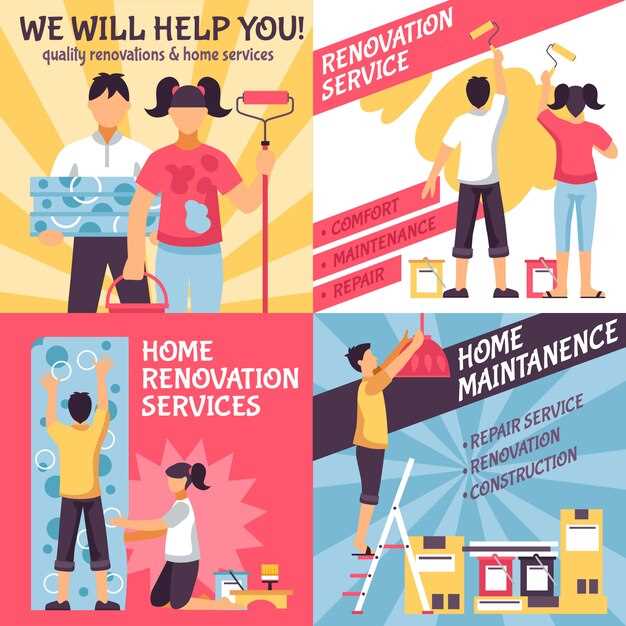
When it comes to maintaining your auto, being proactive is crucial. Small issues might seem insignificant at first glance, but they can escalate into costly repairs if not addressed promptly. The key to avoiding these extensive repairs lies in understanding the early signs of potential problems with your vehicle.
Every auto owner should be aware of the subtle indicators that suggest something might be amiss. Unusual noises, changes in performance, or even warning lights on your dashboard can all signal that a small issue needs your attention. By recognizing these signs early, you can take the necessary steps to resolve them before they lead to major breakdowns and expensive repairs.
Regular maintenance is essential in this regard. Routine checks and service not only extend the lifespan of your vehicle but also ensure that small problems are identified and addressed in a timely manner. Investing time in understanding how to identify these critical signs can save you significant money and stress in the long run.
Recognizing Warning Signs of Engine Problems

Engines are complex systems that require regular maintenance to operate efficiently. Recognizing early signs of engine problems can save you from expensive repairs down the road. Being attentive to changes in your vehicle can help prevent minor issues from escalating into significant concerns.
One of the most common signs that something is amiss is the appearance of warning lights on the dashboard. The check engine light, for example, can indicate a range of issues, from a loose gas cap to more severe engine defects. Ignoring this light can lead to critical failures.
Another notable sign is unusual noises coming from the engine. Sounds such as knocking, ticking, or grinding should never be overlooked. These noises often suggest problems with engine components, such as bearings or timing mechanisms, that may require immediate attention to avoid costly repairs.
Additionally, pay attention to changes in engine performance. If the vehicle hesitates during acceleration, experiences stalling, or has reduced power, these symptoms could indicate a failing fuel system or ignition issue. Addressing these early signs can often prevent complete engine failure.
Monitoring oil pressure and temperature gauges is also vital. Low oil pressure can result from leaks or pump failures, leading to severe engine damage if not repaired promptly. Overheating can signify coolant leaks or a malfunctioning thermostat, which should be investigated quickly.
Finally, keep an eye on exhaust emissions. Excessive smoke or unusual colors, such as blue or white, may indicate burning oil or coolant issues. Identifying these signs early can lead to repair solutions that avoid more extensive damage.
Being proactive and vigilant about these warning signs is crucial for the longevity of your engine. Early recognition and repair can save you time, money, and stress in the future.
Common Brake Issues You Shouldn’t Ignore
Your vehicle’s braking system is vital for safety, and catching early signs of issues can prevent costly repairs down the line. Here are several common brake issues that you should pay attention to:
- Squeaking or Squealing Noise: If you hear a high-pitched noise when applying the brakes, it usually indicates worn brake pads. Ignoring this sign can lead to further damage, requiring more extensive repairs.
- Grinding Noise: A grinding sound often means that the brake pads have worn down completely and metal is grinding against metal, which could damage the rotors and lead to expensive repairs.
- Vibrations or Pulsations: If you feel vibrations or pulsations in the brake pedal when you apply brakes, it may indicate warped rotors. Addressing this issue early can help you avoid rotor replacement.
- Soft or Spongy Brake Pedal: If the brake pedal feels soft or sinks to the floor, it could signal a brake fluid leak or air in the brake lines. This problem needs immediate attention to ensure safe stopping power.
- Warning Light on Dashboard: If your car’s dashboard displays a brake warning light, it’s a sign that a problem exists. Don’t ignore this indicator; diagnose the underlying issue promptly.
- Pulling to One Side: If the vehicle pulls to one side during braking, it might indicate uneven wear on the brake pads or a problem with the calipers. This can affect your steering and overall control.
- Reduced Responsiveness: If you notice that your brakes are less responsive than usual or require more effort to engage, it’s crucial to have the system checked out early.
Monitoring these signs can help maintain your vehicle’s performance and safety. Regular brake inspections are essential to ensure that small issues are identified and addressed before they escalate into major repairs.
Understanding Tire Wear Patterns and Their Implications

Tire wear patterns can provide crucial insights into the health of your vehicle’s tires. Recognizing these early signs of wear can help prevent minor issues from escalating into major repairs. Each wear pattern signifies specific underlying problems that require attention.
Even wear across the tire indicates proper alignment and inflation. However, if you notice excessive wear on the outer edges, it may signal under-inflation or misalignment. This condition can lead to reduced traction and increase the risk of tire blowouts if not addressed early.
Conversely, wear in the center of the tire often indicates over-inflation. Over-inflated tires can compromise handling and wear out faster than normal, necessitating early repair or replacement. If you see feathering, where the edges of the tread are worn more than the center, this could suggest improper alignment or suspension issues, which should be fixed promptly to avoid further complications.
Diagonal wear patterns can indicate potential issues with the vehicle’s suspension or even a bent wheel. Monitoring these patterns allows for timely interventions, ultimately saving time and money on repairs. Regular inspections of your tires not only prolong their lifespan but also enhance overall vehicle performance and safety.

